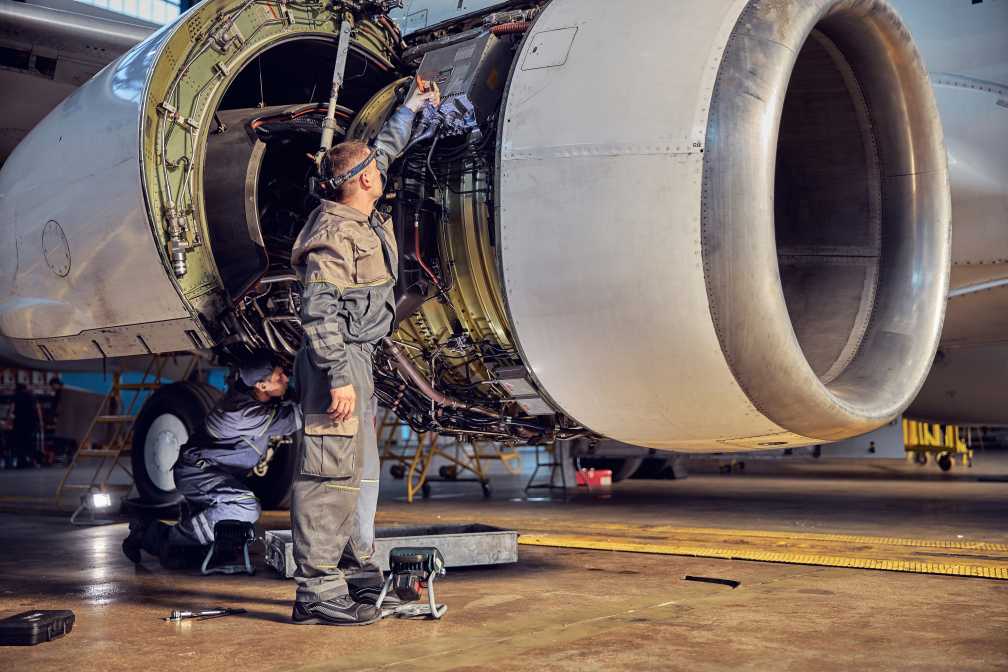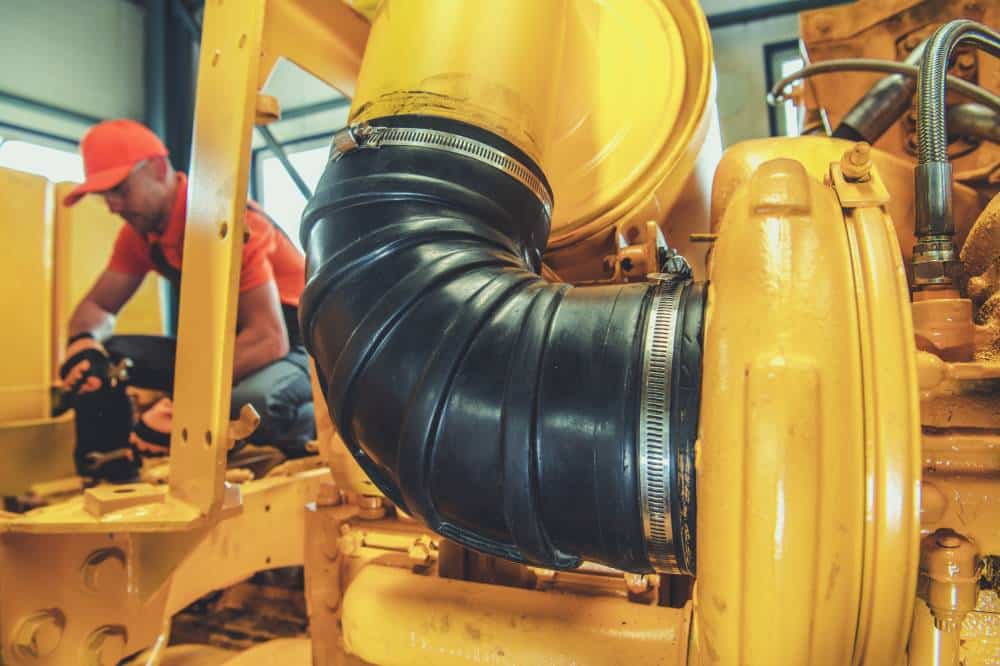When it comes to the aviation industry, every component must be designed and chosen with…
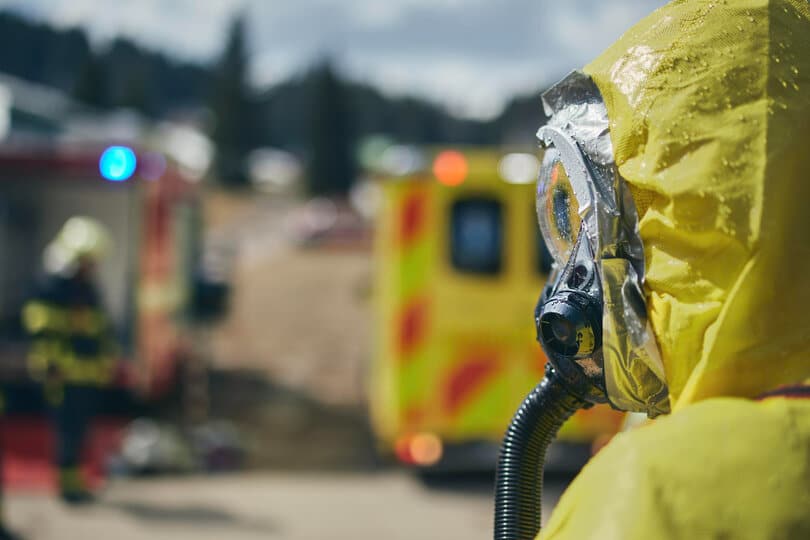
Protective Poncho – Different Uses Of Poncho As PPE
For centuries, people all over the world have used ponchos to protect themselves from the elements. Today, the poncho is still an essential piece of clothing—but it’s also become an important piece of safety equipment.
What is a Poncho as a Protective Product?
A poncho is a simple garment designed to protect the body from the elements. It is essentially a large piece of fabric with a hole in the center for the head. Ponchos are easy to take on and off and can be worn over other clothing.
One of the most common uses for ponchos is as additional protection from heat and flame when fighting fires. Ponchos have enough protection to allow firefighters to get close to the fire and be the key to quickly extinguishing it.
Firefighters rely on their personal protective equipment (PPE) to safeguard them against heat and flames that can cause serious injury or death if exposed directly to them. Standard PPE includes helmets, gloves, boots, and coats; however, firefighters may add a poncho over their PPE in order to create an extra layer of protection against extreme temperatures during firefighting operations.
History of the Poncho
Ponchos are thought to have originated in South America, where they were made from llama or alpaca wool. They were first invented by the ancient Incas and Aztecs as a way to protect themselves from the cold, wet weather in the Andes Mountains.
The word “poncho” comes from the Quechua word “punchu,” which means “trimmed with feathers.” Early ponchos were simple capes with a hole in the center for the head. They were typically decorated with colorful geometric patterns and fringes.
Ponchos were later adopted by European explorers and settlers who used them for their own protection against the elements. In World War II, the U.S. military began issuing ponchos to soldiers as part of their standard gear. The ponchos proved to be so practical and popular that they continued to be used by the military in subsequent wars.
Today, ponchos are available in a variety of materials and styles and are used by everyone from campers and hikers to music festival goers and fashionistas. They are made from many different types of materials, including wool, super soft cotton, nylon, natural bamboo, and polyester.
What are the Advantages of Using a Poncho for Personal Protection?
- Good overall body coverage
One of the main advantages of using a poncho is that it provides good overall body coverage. This means it will protect your entire body in one go and can be easily pulled over other pieces of gear such as helmets, boots, or gloves. The coverage provided by a poncho also means that you don’t have to worry about individual items failing or being exposed to any potential hazards onsite.
- Compact and lightweight
Another advantage of using a poncho is its compact size and lightweight construction. This makes it easy to store in your vehicle or personal kit and doesn’t add much weight to your loadout either. It also makes it easier to move around quickly without having any bulky items weighing you down – important when every second counts!
- Easy and fast to wear (even over other pieces of gears)
Another advantage of using a poncho is that it’s very easy and fast to wear – even over other pieces of gear you may be wearing at the time. This means you can quickly throw on your protective clothing in case there’s any danger or risk present onsite – all without having to disrobe first. This could potentially save precious seconds which could mean the difference between life and death in certain situations.
- Doesn’t hinder mobility
A major benefit of wearing a firefighter’s poncho is that it doesn’t hinder your mobility at all. Since they are made out of lightweight material that conforms easily to your body shape, you can move around freely without feeling weighed down or restricted by bulky layers of fabric or metal plates. This gives you an extra edge when it comes to getting out alive from dangerous situations like fires or hazardous materials spills.
Poncho can be made in different types of materials (fabric, film, etc.) which will impact the type of performance the poncho can have as a PPE.
Types of Material Used in a Poncho PPE
Waterproof, water-repellent fabrics
One of the most common uses for ponchos is, of course, protection from the rain. Rain ponchos are typically made from waterproof materials like nylon or PVC. These materials create a barrier between you and the wet weather, keeping you dry even in a downpour. Ponchos with hoods are especially useful in rainy weather, as they help keep your head and hair dry.
Aluminized reflective fabrics
For all applications related to temperature regulation, the poncho will be made out of reflective materials such as aluminized films or fabrics, allowing to keep the heat inside when temperatures are low or preventing the heat from penetrating inside when outside temperatures are high.
Ponchos can also be used for protection from fire. Wildfires are becoming increasingly common in many parts of the world, so it’s important to have a way to protect yourself if you find yourself caught in one. Wildfire ponchos are usually made from heat-resistant materials, like aluminized glass fabrics, nylon, and PVC, designed to withstand high temperatures and protect your skin from direct or indirect exposure to flames.
Common Uses of Poncho as PPE
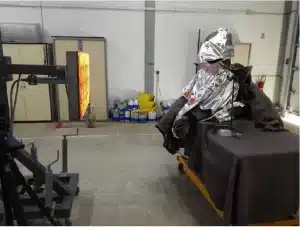
Fig. 1. Poncho as PPE can be used as shield from radiant heat
Firefighters use ponchos to protect themselves from heat and flames. Construction workers wear ponchos to stay dry while working in inclement weather. Poncho has more uses as PPE than you might have imagined. Here are some of the common applications of protective ponchos:
1.Forest Firefighter emergency PPE
Used by forest firefighters in Europe as an emergency PPE in case of a fire entrapment, the fire poncho is the equivalent of fire shelter used by the wildland firefighters in North America, while allowing the firefighter to retain its mobility. Usually made of a fire retardant reflective fabric, the fire poncho will reflect the radiant heat and slow down the heat penetration.
2.Hazardous Materials
Ponchos can also be used to protect you from hazardous materials such as harmful chemicals or asbestos. If you work with hazardous materials, it’s important to have a poncho on hand in case of spills or other accidents.
A firefighter’s poncho is designed for maximum protection against hazardous materials. Usually, it consists of three layers: an outer layer for abrasion and chemical resistance, a middle layer for waterproofing and chemical protection, and an inner layer for moisture absorption and breathability. Together these three layers create an effective barrier between the firefighter’s body and any hazardous materials they may come into contact with while on duty.
3. Weather Protection
Of course, the most common use for the poncho is rain protection. Often used by workers having to spend time on the field and exposed to harsh weather (fisherman, construction workers, etc,) Ponchos can be used to protect them against cold, rain, UV exposure. made from waterproof materials will also keep you dry if you happen to get caught in a river or stream while hiking.
- In the Construction Industry
The construction industry is one of the most dangerous professions out there, and bad weather only increases the risk of injury or worse. Therefore, it’s important that workers are properly equipped with protective gear that will keep them dry and warm in cold or wet conditions. A poncho is an ideal solution in this case; its lightweight design makes it easy to carry around, while its waterproof material ensures that workers remain dry and comfortable even in rain or snow.
- In the Logistics Industry
Logistics workers have to deal with all kinds of harsh weather conditions on a daily basis, whether they’re delivering goods on foot or handling cargo by truck. A poncho is an effective way to stay dry during these tasks; not only does it provide ample coverage from rain, but its lightweight design allows workers to move freely without being weighed down by heavy outerwear. Furthermore, many ponchos are brightly colored which helps ensure visibility in low light conditions—an important safety feature for logistics professionals working late hours.
- In Firefighting Scenarios
Firefighters face some of the most extreme weather conditions imaginable; from heat exhaustion during long-term wildfires to hypothermia during winter rescue operations, they must be prepared for any kind of environment they may encounter. That’s why firefighters often turn to ponchos as their primary source of protection against the elements; not only do they provide ample coverage from wind and rain, but their lightweight design makes them easy to pack along on any mission without weighing down a firefighter’s gear bag too much. Furthermore, some brands offer reflective strips sewn into their designs which helps increase visibility when working at night or in difficult terrain—an essential feature for any firefighter looking for better protection against nature’s worst elements.
5. Insect Protection
Insect-repellent ponchos are becoming more common as we learn more about the dangers of mosquito-borne illnesses such as the Zika virus and West Nile virus. If you’ll be spending time outdoors in areas where there are mosquitoes, it’s a good idea to have an insect-repellent poncho on hand just in case.
6. Sun Protection
Harsh UV rays can cause skin cancer, so it’s important to limit your exposure to them when possible. A sun-protective, UV-resistant poncho can help protect you from harmful sun exposure when you’re spending time outdoors. Ponchos resistant to UVB rays are often worn by lifeguards and other outdoor workers who are exposed to long hours of sunshine each day.
Bonus: Poncho as survival gear
In addition to being used as protection from rain or snow, ponchos can also be used for survival purposes in emergency situations such as floods or fires. If you find yourself stranded in an area that is prone to flash flooding, wearing a poncho will help keep you dry and prevent hypothermia. If you are caught in a burning building, stamping out flames with your poncho can smother the fire and help prevent serious burns.
In an emergency situation, your poncho can provide you with vital shelter from the elements. Whether you’re stranded in cold weather or trying to escape from a wildfire, a poncho can keep you alive until help arrives.
Complementary Equipment to the Poncho
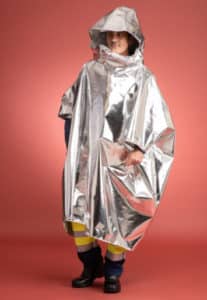
Fig. 2. OTEGO FIRESHIELD Poncho
Ponchos are always or often used in combination with other PPEs such as helmets and gloves. Wearing a helmet and gloves helps protect your head and hands from debris, while the poncho provides extra protection against heat, water, and smoke. Together, these items provide an extra layer of security when fighting fires or responding to other emergencies.
Equipment for maximum protection of industrial firefighters and construction workers
Firefighters are not the only ones who benefit from wearing ponchos in hazardous conditions; industrial or construction workers might also use them as an additional layer of protection from flying debris or sparks. In addition to providing warmth and comfort on cold days, ponchos also offer additional safety benefits by deflecting flying pieces of metal or wood away from the body. This added layer of protection can mean the difference between life and death when working with hazardous materials such as asbestos or lead paint chips.
Similar products that can be used as an alternative
There are many alternative products that could replace the traditional poncho such as turnout coats and bunker gear sets which provide even greater levels of protection for firefighters than just one single garment alone. Turnout coats come with adjustable straps so they can fit over any size firefighter while providing complete coverage from head-to-toe while bunker gear sets include pants and jackets so you stay protected regardless of where the fire takes you.
If you’re looking for something other than a poncho as a protective product, there are many similar options available on the market today. For instance, you can consider wearing jackets with integrated hoods that provide extra coverage around your head and neck area. Aprons made of durable material are another popular option for firefighters who need extra coverage but don’t want to deal with bulky clothing items like suits or jackets.
These items offer superior levels of fire retardancy when compared to traditional ponchos making them great alternatives when looking for additional protection in hazardous environments.
